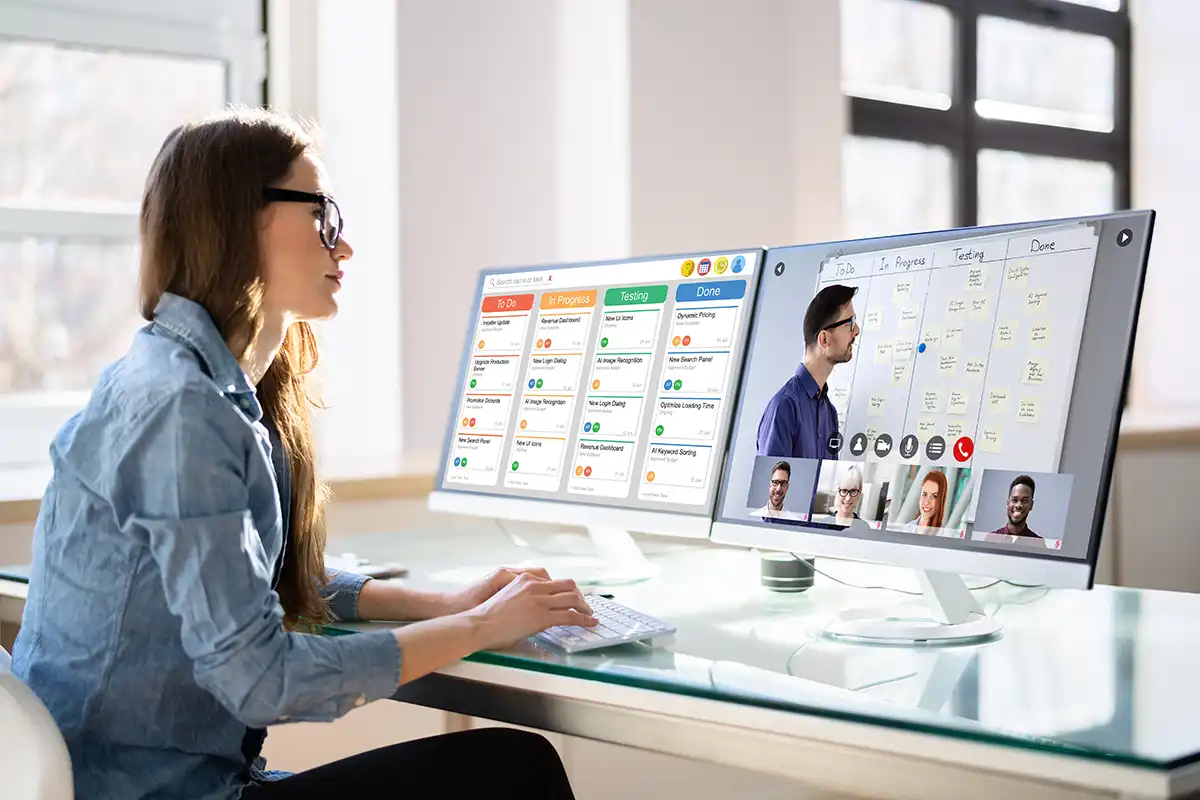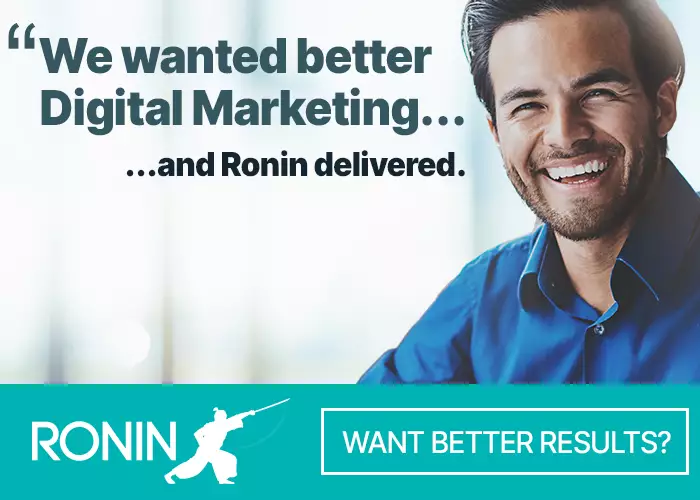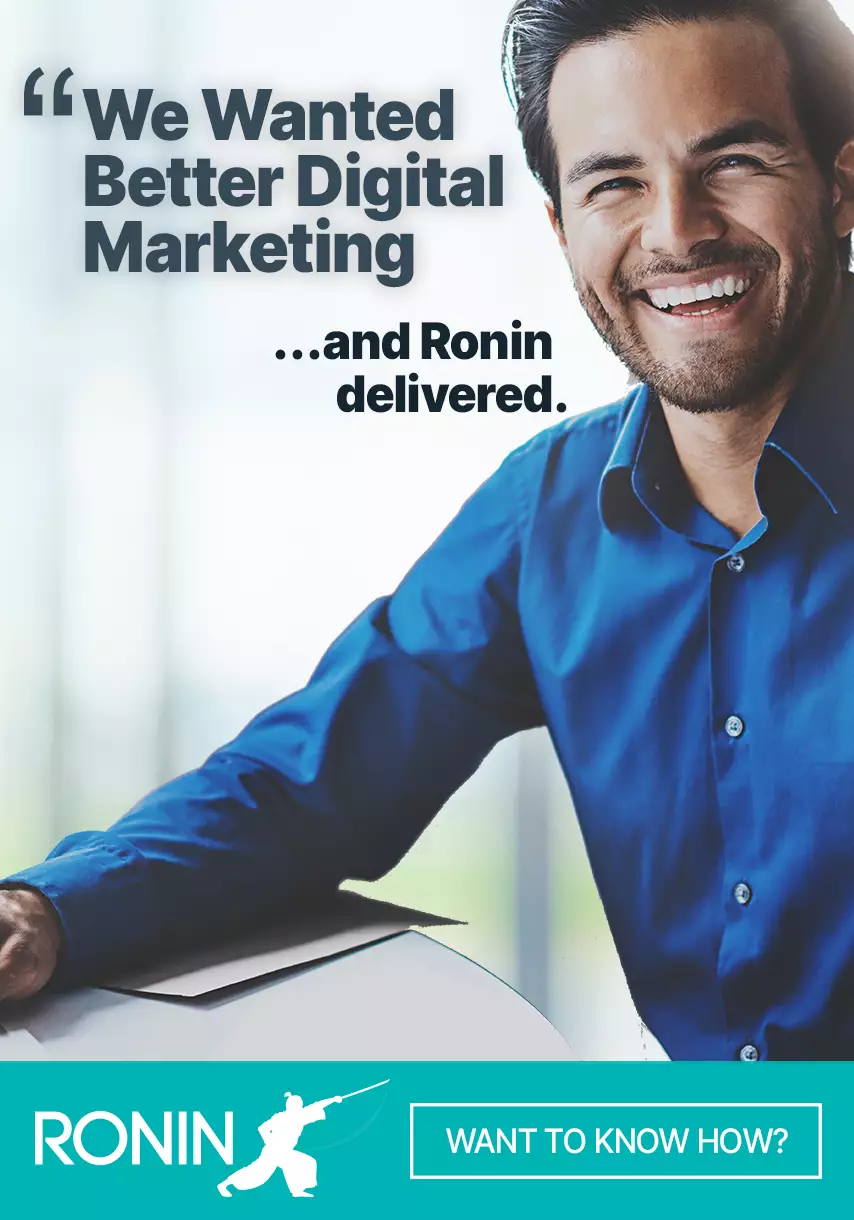Gone are the days when having a “full-time job” meant that you were strapped to your designated place from 9 am until 5 pm every single day. In 2021, those days are far behind us. Last year, the COVID-19 pandemic saw a lot of businesses forced to pivot both their business strategies and the way in which they engage their staff. The longer these adjustments went on, the more research was conducted in the space of employee wellbeing… And the results spoke for themselves.
As the world started to reopen, it became almost imperative that businesses either offer a flexible working environment or flexible arrangements (if not both), and this shift is increasing staff productivity across the world. Employees are happier, more productive and more likely to stay in the job longer all thanks to the new emphasis on flexibility. Talk about turning lemons into lemonade!
Flexibility comes in many shapes and sizes and is not a one-size-fits-all scenario. It’s best to identify the type of employees you have (or tend to hire) and find solutions that work for them.
TYPES OF EMPLOYEE

Hybrid workplaces are the result of data-driven decision-making, and your office should be no exception. You simply can’t guess these answers, and when you’ve got a roster of employees, you don’t need to. As a rule of thumb, you should always discuss changes to the workplace with your employees before executing them, because at the end of the day, you are only as good as your people and they are the people that need to be happy and comfortable in the space every day.
Perkins&Wills and Cisco Connected Workplace both summarise employee types pretty well, so we’ve integrated their findings below. Although, the most important thing to remember is that these guides may not fit your team perfectly either. Use them as a starting guide, but ensure that you are actively observing your own team to correctly identify their needs.
The “Anchor”
Conducting 90% of their work in a fixed location, anchors tend to work in jobs such as administration, software development & engineering, IT and technical support staff, and sometimes even technical writing. They are the kind of people who were always fine to work in cubicles, as they don’t really find the time or desire to move around.
The “Resident”
Also spends around 90% of their time in the office, but tends to prefer collaborative work. These employees often work as engineers, financial staff and managers, they don’t often need or want a dedicated workspace. These extraverts love to get a coffee as a team, chat about the day, and often book out the meeting spaces just for a collaborative group session.
The “Transient”
Will spend around 40% of their time in the office, but engage in relatively autonomous, reserved work. These people often become your business development managers, executives and/or logistics or project management departments. They are often introverted and like to keep to themselves as often as possible.
The “Nomad”
Spends around 60% of their time at the office but prefers to move freely and needs to be able to collaborate efficiently. These employees are often near their workspace but not at it. They are often highly experienced or skilled in their speciality and like to take advantage of opportunities to move around and talk to people in other departments. For that reason, you’ll find this employee type in roles such as marketing, legal, HR, training, program and product management, customer service and even reporting/analytics.
The “Trekker”
Spends only 5% of their time in the office because they are in client-facing roles and have to be out and about a lot of the time. These people need a touchdown place but don’t spend much time at it and often work as salespeople or account managers. It’s safe to say that most of these people are extroverts.
Once you’ve established the type of employees in your office, the easier it will be to identify the hybrid workplace most suitable for them.
HOW TO TRANSITION TO A HYBRID OFFICE
Ultimately, becoming a hybrid workplace comes down to a few simple steps, and we’ve included them below.
Make space for all personality types.
This is going to be one of the most make or break factors in your new hybrid workplace. Whether you are going office-centric hybrid or fully remote hybrid, you need to make space for all personality types. At the fundamental level, think about introverts and extroverts. If you want to dig deep, you could go all Myer & Briggs on your employees. But at the end of the day, just look to make space for those energised by talking and collaborating while saving space for those who work better in quiet, controlled environments.
Avoid trend traps.
What goes up must come down, and like all things, office trends leave the spotlight just as fast as they get there. Employees enjoying a drink by the ping-pong table on Friday makes for a single, somewhat exciting social media post… But does it increase an employee’s level of engagement in the long run? Not so much. More and more, businesses are realising that employee engagement is intrinsically tied to their work-life balance and their ability to ‘have a say’ in areas that mean something to them. So, sell the ping-pong table and ask your staff what would make their lives easier instead.
We can’t stress this enough! Open-plan offices do not equal ‘hybrid office’, which is one of the biggest mistakes you can make as a business owner. Let’s look at it as a simple mathematical formula.Employees + Constant Interactions = The Fourth Wall.
When employees can interact with complete freedom, they tend to create a ‘Fourth Wall’ between each other and intrinsically look to respect it. If someone is working intently, you try to avoid interrupting them. If someone is talking to another employee and another puts their hands over their ears, the other two will lower their voices or stop talking altogether. It’s for this reason that an open-plan office only really works when there are also closed spaces to take conversations or get away from them when required. Do not, we repeat, do not fall into the trap of designing an entirely open space. You need to have options. Digitise your workflow.
Digitise your workflow.
This is a big one! You can’t have these flexible options without also having a flexible way of delivering the work. Thanks to programs such as Asana and Trello, businesses are able to completely digitise their workflow and automate workflow notifications and tracking. You may need one or more integrations, but once you’ve got the right formula and system in place, it will allow your employees to log on from wherever they are, whenever they need to. For us, it means that if a staff member wakes up on a day they need to work from home, there is no hustle and bustle to get their work to them before the day starts. Instead, they just log on at home, and it is all there waiting for them, and our communication systems mean they are as contactable as if they were in the office in-person. Simple and stress-free.
Another benefit of online project management tools and communication is that when an employee feels a bit unwell, but not sick enough to take the day off, they can easily work from home. Not only is that better for that employee, you are minimising whatever they’ve got spreading through the whole team – and these days this is a huge consideration for employers.
Prioritise staff wellbeing over client convenience.
Last but certainly not least, the key to creating the best hybrid workplace for your staff is to prioritise their wellbeing over client convenience or monetary gain. In 2021, it’s almost expected that employers are doing this – but many people actually find it hard to execute. Staff care about their work, and it’s because they care that you as their employer need to set clear boundaries not just for them but for your clients. If you don’t work on Wednesdays (like us), then it’s making sure that your staff don’t feel like they need to check their emails that day – and if they do turn the laptop on, that they are shaving this time off at the end of their workweek. You can do this by ensuring both the clients know that your office is shut and that your employees know that their clients have been made aware of this. We understand that you want to ensure that the work is coming in and the clients are happy, but if that comes at the cost of burning out your staff, is it really worth it? Frankly, no. It’s not.
So, that’s our two cents on hybrid offices and how we’ve made the transition into being one. At Ronin Marketing, we place our employees at the forefront of our business. They are the people on the ground, working with our clients and representing our business every day. It’s only natural that we want to ensure that they are happy and comfortable at work and that they are provided with an environment that suits their working style and needs.
Follow our quick tips or spend some time researching your own approach to transitioning into a hybrid office, and see the results for yourself!












